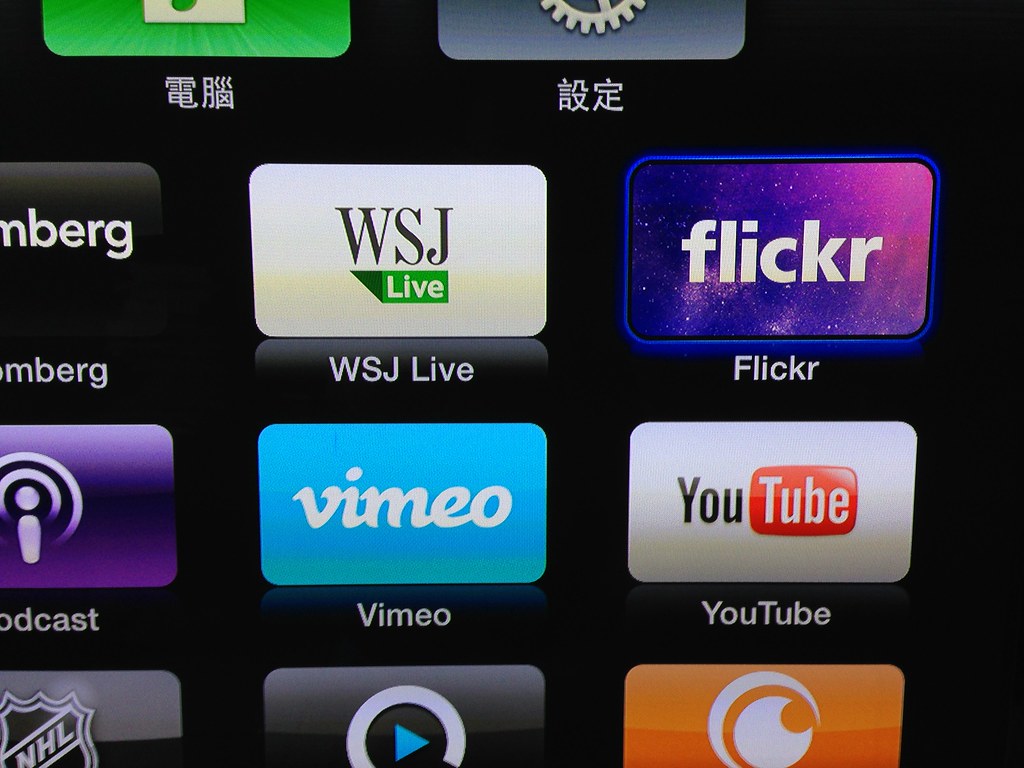The App Store is Apple’s robust marketplace enabling users to discover and download apps for iOS devices. First launched in 2008, it boasted over 2.2 million iOS apps as of Q1 2022 used across Apple’s installed base of over 1 billion active devices.
But with such wide-reaching scale, an important question arises - can people in every country access and download these apps? We explore the App Store’s regional availability and its global growth strategy for emerging markets.
App Store in Established vs Emerging Markets
The App Store first became available in 62 countries simultaneously using the original iPhone 3G’s widespread launch to vault iOS apps to worldwide prominence. It quickly expanded into over 120 established markets across North/South America, Europe, Australia, New Zealand, Japan, and more.
However, Apple gradually brought the App Store into emerging countries throughout Africa, Asia Pacific, and the Middle East over the next decade. By 2017, it operated 155 regional App Stores with local censorship, taxation, and payment options.
The reason comes down to balance. Emerging countries present growing revenue opportunities for Apple’s app ecosystem. But traffic there trails more mature markets, so Apple deploys the App Store selectively despite pent-up demand.
Additionally, creating compliant regional App Stores satisfying governmental and cultural directives requires investments outweighing profit potential in underdeveloped markets. Apple must judge each country individually weighing complex variables around growth forecasts versus legal/policy hurdles before greenlighting access.
This means citizens across some lower-income nations still lack official access even as neighboring regions come online. But that is slowly changing using a expansion strategy relying on iPhone sales surges to indicate readiness.
App Store Arrives Based on iPhone Adoption
Seemingly arbitrary regional App Store approval frustrates citizens in countries continuously passed over. But Apple follows a careful playbook allowing local iOS device use to organically grow large enough first.
The App Store doesn’t simply appear without sizable iPhone adoption in a market. Apple sells phones years before activating digital goods capabilities once installed base metrics hit tipping points warranting build-outs. iTunes and Apple Music debut using similar calculation metrics.
That strategy explains why Affluent Latin American countries and wealthier Asian subregions gain access more quickly. Consumers there represent early adopter waves indicating positive momentum. Apple extrapolates wider national readiness from initial iPhone sales concentrated in upper economic tiers with means to purchase products.
This effectively makes regional iOS device fans the driving force for App Store approval through purchasing power. Strong income segments drive volume sales eventually convincing Apple the country hits critical mass to operationalize.
Each local App Store then unlocks global offerings to that population natively in localized languages and payment methods instead of needing to create foreign accounts.
Part 2: Installing Alternative Apps on Older iPads
The App Store offers millions of powerful apps elevating what iPad devices can achieve. But owners of older legacy iPad models may feel left behind given many new iOS apps require updated hardware or OS versions.
Thankfully, alternative third-party app sources expand possibilities for ringing extra usefulness from aging iPads whose capabilities sit frozen in time even as iOS progresses annually. We look at options like Cydia for liberating vintage iPad units despite lacking modern iOS versions or processing muscle.
What is Cydia?

Cydia represents an unsanctioned app marketplace containing packages and tweaks expanding what older iOS versions can accomplish on obsolete Apple hardware. It emerged alongside the equally underground Installer in 2008 before the App Store formalized mobile software distribution.
Cydia relies on a process called jailbreaking to circumvent standard iOS limitations allowing users root access to install otherwise prohibited apps and tools. This grants owners of older iPads, iPhones and iPod touches the freedom to customize environments keeping devices feeling fresh years longer through ongoing homebrew development.
Think of Cydia as a portal into bonus features and apps unavailable in the tightly-controlled App Store environment. It expands possibilities beyond Apple’s intentional constraints.
Cydia Access on Vintage iPads
After jailbreaking, owners of older 32-bit A5-based iPads like iPad 2 or Mini can visit Cydia to discover apps resurrecting functionality. Popular entries like RetroArch and Happy Chick emulate console gaming experiences through ported PlayStation and Nintendo content Apple would never allow officially.
Media apps like MxTube bring essential capabilities like video downloading omitted from the traditional iPad experience. Tweaked system tools add conveniences like quick actions to the notification shade Apple didn’t implement till years later.
For vintage 64-bit iPad Air or Mini 2 tablets, the iOS 10 jailbreak opened Cydia to further customizations adequately powerful hardware could uniquely unlock given enough developer creativity.
While Apple rightfully protects stability and user experience for the masses through strict regulations, Cydia shows that for technology enthusiasts, deeply personalizing iPads can rewards power users willing to accept added risks. It offers the ultimate control over legacy devices.
Is Cydia Right for You?
Weigh your technical needs against security comfort. Cydia hands you the keys to maximize older iPads’ lifespan beyond intended obsolescence. But proceed with caution understanding added capabilities require compromising Apple’s proprietary locks around usage.
If keeping your vintage iPad humming for years through unauthorized modifications matters more than bulletproof reliability, then Cydia provides the means for endlessly tinkering away constraints holding back hardware that time passed by. Some view extends usefulness as worth potential downsides.
But more casual users just wanting simplified functioning without hassles should avoid unpredictable Cydia and jailbreaking. Utilize vintage iPads as secure stationary appliances protecting data and privacy while acknowledging limitations.
Either path proves valid for those able to honestly self-assess technical priorities when evaluating risks. Vintage iPad owners must each navigate whether utility outweighs stability in their own situation. Cydia opens possibilities to those for whom reward exceeds risk given their personal needs and appetite.
